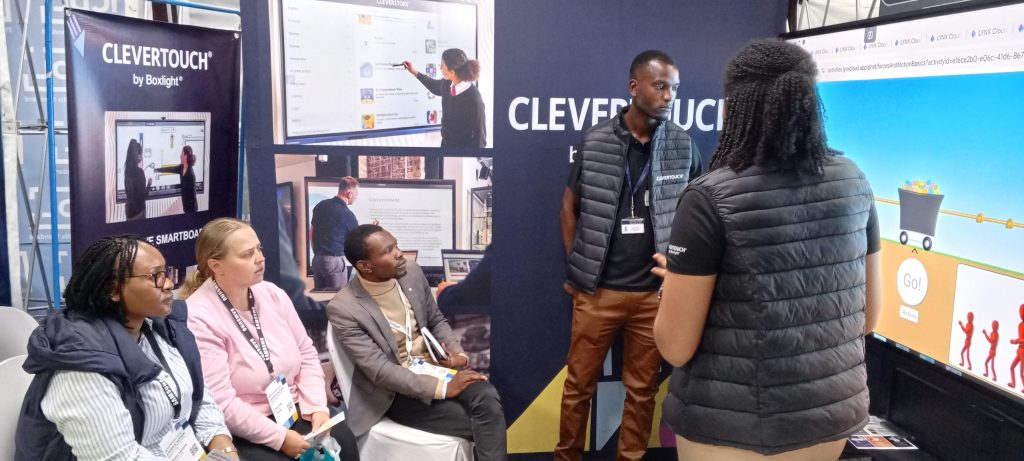What is an Interactive Smartboard?
An interactive smartboard is a touch-sensitive display that connects to a computer. It allows users to write, draw, manipulate objects, and navigate content using a finger, stylus, or other interactive tools. Think of it as a giant tablet mounted on a wall, with software designed for collaboration and content delivery.
Uniqueness
In an age where technology drives communication, learning, and collaboration, interactive smartboards have emerged as a game-changing tool in both educational and corporate environments. Engaging classrooms to high-performing boardrooms, these digital whiteboards are redefining the way we present, share, and absorb information.
Key Features
- Touchscreen Interaction: Users can tap, swipe, zoom, and annotate in real time.
- Multi-User Collaboration: Many smartboards support multi-touch input, enabling multiple people to interact at once.
- Integration with Digital Tools: Compatible with educational platforms like Google Classroom, Microsoft Teams, Zoom, and more.
- Real-Time Annotation: Mark up documents, presentations, or websites on the spot and save changes.
- Cloud Connectivity: Share, save, and access content from the cloud, enabling hybrid or remote interaction.
Benefits in the Classroom
- Increased Engagement: Interactive smartboards transform traditional lessons into immersive experiences, holding students’ attention longer and improving retention.
- Differentiated Instruction: Teachers can use multimedia content to accommodate various learning styles—visual, auditory, and kinesthetic.
- Student Participation: Students can interact directly with the board, fostering active learning and collaboration.
- Instant Feedback: Quizzes and polls can be conducted live, helping educators gauge understanding and adjust instruction accordingly.
Business Applications
- Enhanced Presentations: Smartboards elevate meetings by integrating visual, interactive content that keeps participants engaged.
- Real-Time Collaboration: Whether it’s brainstorming ideas, marking up documents, or video conferencing, smartboards streamline teamwork.
- Remote Work Compatibility: With built-in cameras and software, they bridge the gap between in-office and remote team members.
- Data Visualization: Complex data sets can be presented more clearly with the help of touch-responsive graphics and tools.
Challenges and Considerations
While smartboards offer numerous benefits, they do come with some challenges:
- Cost: High initial investment for hardware and software.
- Training: Requires a learning curve for teachers and staff to utilize all features effectively.
- End of Life : interactive smartboards ar
The Future of Interactive Learning and Collaboration
With advancements in AI, gesture recognition, and augmented reality, the next generation of smartboards is poised to be even more immersive and intuitive. As hybrid work and learning models become the norm, smartboards will play a central role in bridging physical and digital spaces.
Final Thoughts
Interactive smartboards are not just whiteboards with a digital twist—they are a gateway to smarter teaching, learning, and collaboration. By embracing this technology, schools and businesses can create dynamic environments where ideas flourish and engagement thrives.
To get more details visit our website://thefuturestore.co.zw//

